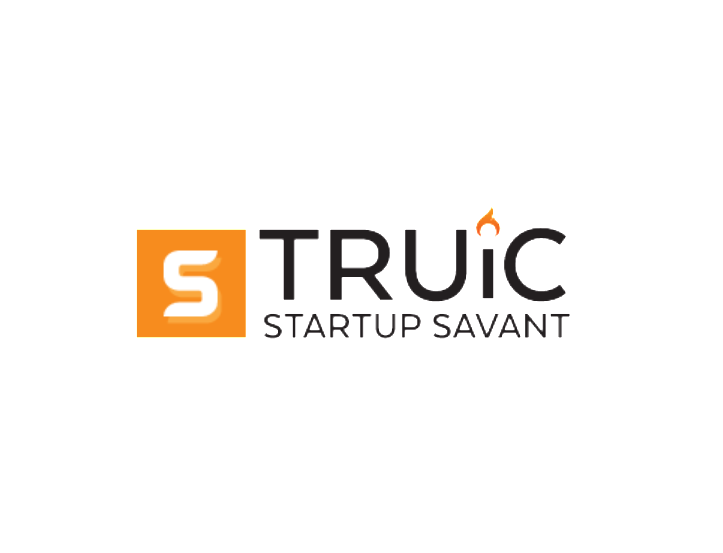Having a DBA or “Doing Business As” name can offer some advantages and benefits to many entrepreneurs and business owners. Although having a DBA shouldn’t be confused with owning a business, certain state-level laws and regulations will outline that a DBA is not a separate entity. Today, millions of people in the U.S. apply and file their applications for a DBA, this is sometimes the very first step entrepreneurs and young business owners take to establish themselves in the market. If you want to register a DBA or want to review the independent state laws, you can find out more here.
Over time the abbreviation has started to carry some confusion around what it is. “Doing Business As” is a simple filing process for individual, fictitious, or trade names that can be used as a form of identity for the business. New laws and legal structures have established guidelines to what extent a DBA can function in your business. If you’re a single-owned business, known as a sole proprietorship than your business name will be your full birth name. These owners can also have a registered DBA, and it’s become more practical for them to do so. The processes are relatively easy and have simple guidelines that each state outlines in their sole legality.
How do I file a DBA?
The process will vary for each person or business structure, but in most cases, it follows the same route. The first few steps involve you finding out whether your DBA is not already being used or registered. In some instances, if there is already the same DBA, and your state laws allow, it’s good to then register your DBA as a trademark to ensure better business protection. You’ll need to make sure about the DBA online, by doing a simple Google search and if everything checks out, you can file the DBA with your county clerk.
The set-up isn’t that difficult; as it simply requires you to think of a fictitious name and register it. For example, if you register the DBA in California, state law will require that your new DBA does not contain any suffixes such as “Inc.,” or “LLC.” Applications and filling can then be done in person with the county clerk. You’ll need to present additional documentation or an affidavit if you’re not applying in person.
Fees will also need to be paid on the day of filling and can be anything from $26 to $60, depending on the county and/or state. Once your filling has been submitted, your new DBA will be delivered within 30 days.
What businesses can register a DBA?
It’s obviously different from state-to-state, and in most events, some counties and cities will also have different regulations. It’s a good idea to first review these legal structures, before filling your DBA. Keep in mind, that different business structures will be categorized differently, and in the event of your business growing – you’ll need to adapt your DBA and legal trade name as needed.
As already mentioned, a sole proprietorship can have a DBA, which will also mean the same thing for LLCs, corporations, nonprofits, and partnerships. The process involved is dependent on what structure your business follows, and also what your state will require from you. There aren’t many restrictions, but some things such as “Inc.” or “Corp.” can’t be used as part of your DBA, if your business isn’t registered as a corporation.
It’s possible for anyone to withdraw their DBA filling or registration, but involves a different process. Some professionals and government officials advise you to have a professional service handle your documentation, as they can assist with the processing and setting-up of your DBA.

